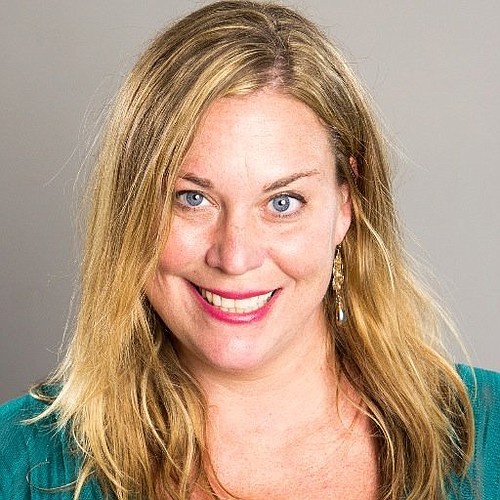- November 22, 2024
-
-
Loading

Loading

I know some parents of younger children shy away from talking about the details of Sept. 11. My 9-year-old son, however, can tell you all about the day the "bad guys" commanded commercial airliners and slammed them into the World Trade Center, the Pentagon and a field in Pennsylvania (the latter, by citizens aimed at stopping further destruction).
He can also tell you about how Daddy ran into the "black smoke" of the Twin Towers to try to save as many lives as he could. If those same towers had come down either more to the left or right from where he was standing, my husband wouldn't be here. Nor would my son.
Like it or not, 9/11 is the backdrop to our family's life. Yes, Chris, a retired NYPD detective, survived the attacks. But, like tens of thousands of other first responders, he bears the scars of that day, both in his mind and body. Open up one of our medicine cabinets and you'll see the dizzying array of prescription drugs he has to take 16 years later to control the chronic respiratory, gastrointestinal and many other conditions he suffers with daily.
One of the major reasons we moved to St. Augustine three years ago was to escape the brutally long winters in New York when a simple coughing spell could send him to the ER. We followed on the coat tails of Chris' good friend, a former FDNY firefighter and fellow 9/11 survivor who'd relocated his family here for the same quality of life we sought in beachy, warm Florida.
Would Chris do it again? Go running into the belly of danger when everyone around him was calling this unprecedented attack on U.S. soil an act of war? Work the pile at Ground Zero scouring for body parts and pieces of human identification for six long months?
Yes, in a heartbeat, he'd tell you. To protect and serve is the motto of law enforcement officers everywhere, and it was a responsibility my husband took very seriously before he succumbed to his injuries.
From tornados to storm surges, fires to gas leaks
At a recent session of Leadership Flagler (a program that brings together professionals from different parts of the Flagler community to work on team building), the group was introduced to local emergency personnel here in the County and learned how they work to protect citizens from all kinds of events, from tornados and storm surges to fires and gas leaks.
Stephen Garten, Flagler County Public Safety Emergency Manager, used Hurricane Matthew to illustrate how all the moving pieces -- first responders; municipal officials; school administrators; social welfare and healthcare workers; utility companies; and state and federal agencies -- worked together, making decisions collaboratively in real time, before, during and after the storm struck. They made sure homeowners and those in group homes and hospitals were evacuated, roads closed down, buildings boarded up. They ensured shelters were ready, and food and other resources deployed to those who needed it. They assessed damage during and after the hurricane, making assessments of temporary as well as long-term damage. Mostly, they made sure Flagler County's people were safe.
Many of these personnel were on standby for over a week, housed in the County's Emergency Operations Center with their families, taking shifts and sleeping on the floor or bunks, if available. For some, like Garten, their job continues, not only keeping watch for any other emergencies that might arise locally but also working with government agencies on recovery efforts related to Matthew.
Communication is essential
Over at the Palm County Fire Department, Chief Mike Beadle recalled how in a similar way the community has mobilized to deal with some of the large fires it has battled in recent history. Like the one in 1985 that destroyed a record 131 homes, the blaze in 1998 that took 67 structures with it, and the 2011 fire in Espanola that, had it not been contained, could have been catastrophic as well. Beadle also referred to the 2013 "Starlight Tornado" that ravaged the B, C and F sections of the city.
"Communication, in that case, with other municipal departments -- the sheriff's department, Florida Power & Light, and the city and county -- was essential," said Beadle of that F1 tornado.
What's also essential when disasters strike is neighbors helping neighbors. Everyone can be a first responder in their own way. Flagler County, for example, trains Community Emergency Response Teams to be boots on the ground and help relay information and coping techniques to homes in areas where roads are closed or impassable due to an unforeseen event. Another way to help out is to become a Flagler Emergency Management Volunteer, which could mean running food and other resources during a disaster or providing triage first-aid.
When my family and I had the chance to return back to New York City last October, we visited the 9/11 Memorial Museum for the first time. For my 9-year-old, it was an eye-opener to the ugliness of that nightmarish day in our country's history. More importantly, though, it was a reminder of the amazing widespread response: by emergency professionals, volunteer groups, and individual citizens -- a testament to the good in humanity, and the idea that very often when we are at our worst, together we are at our best.